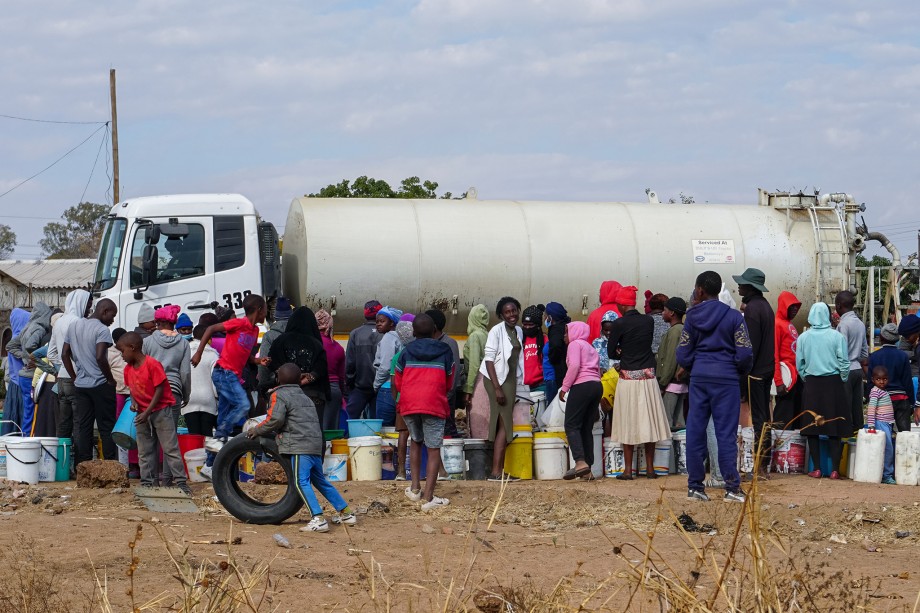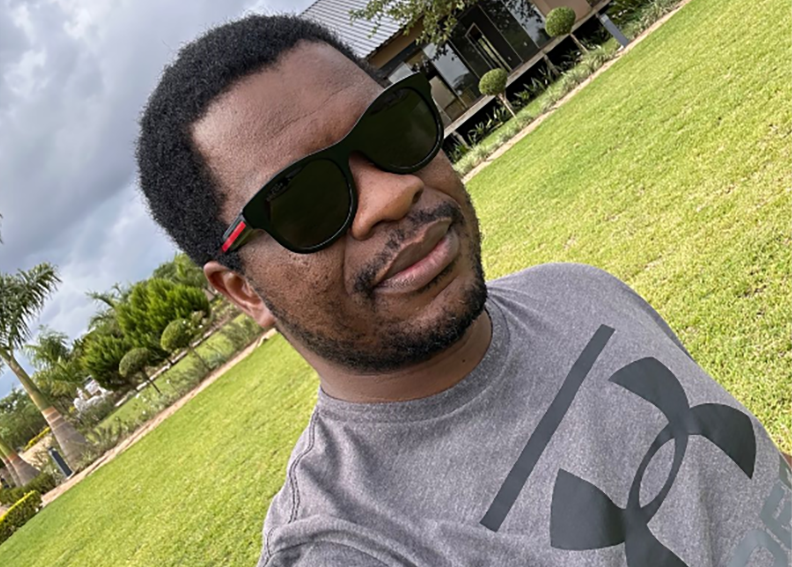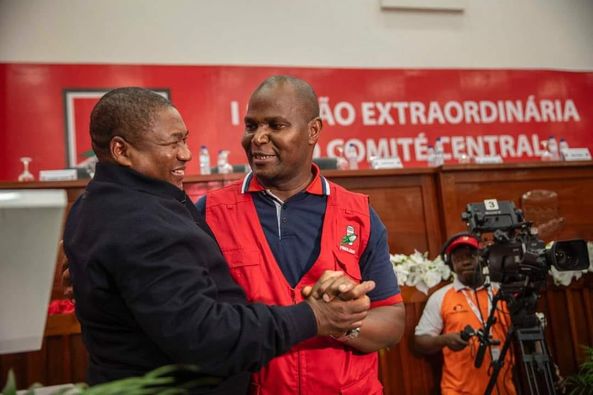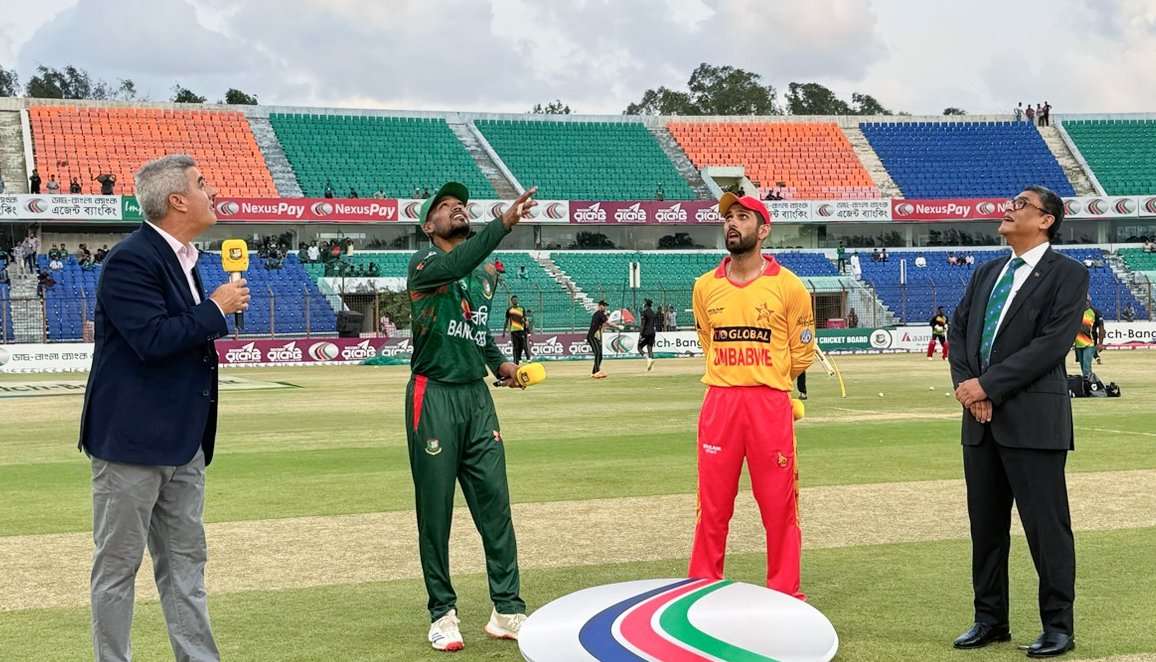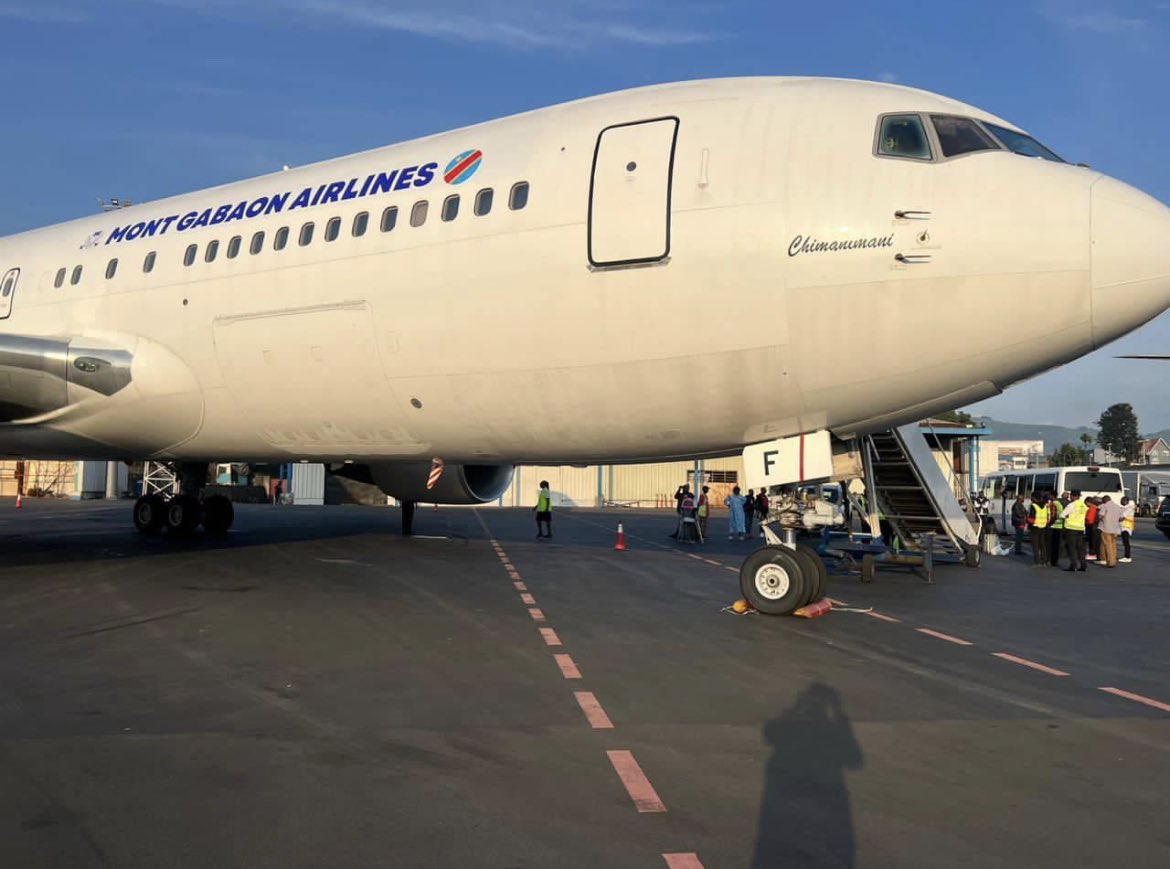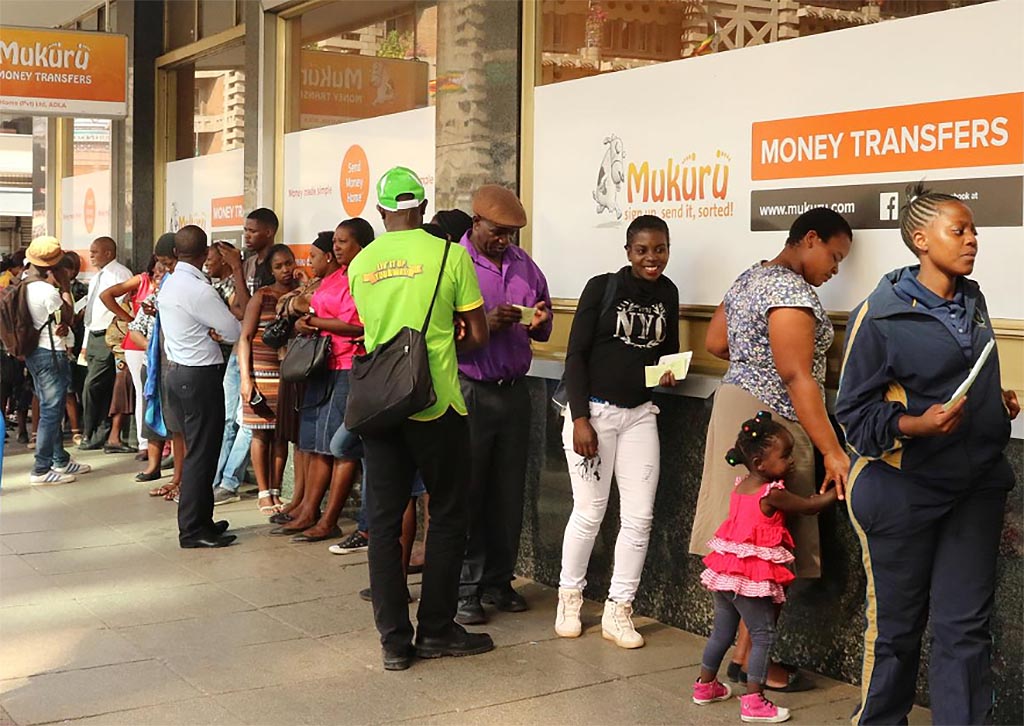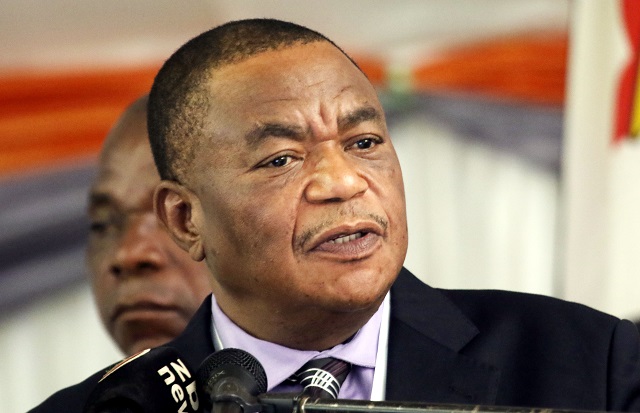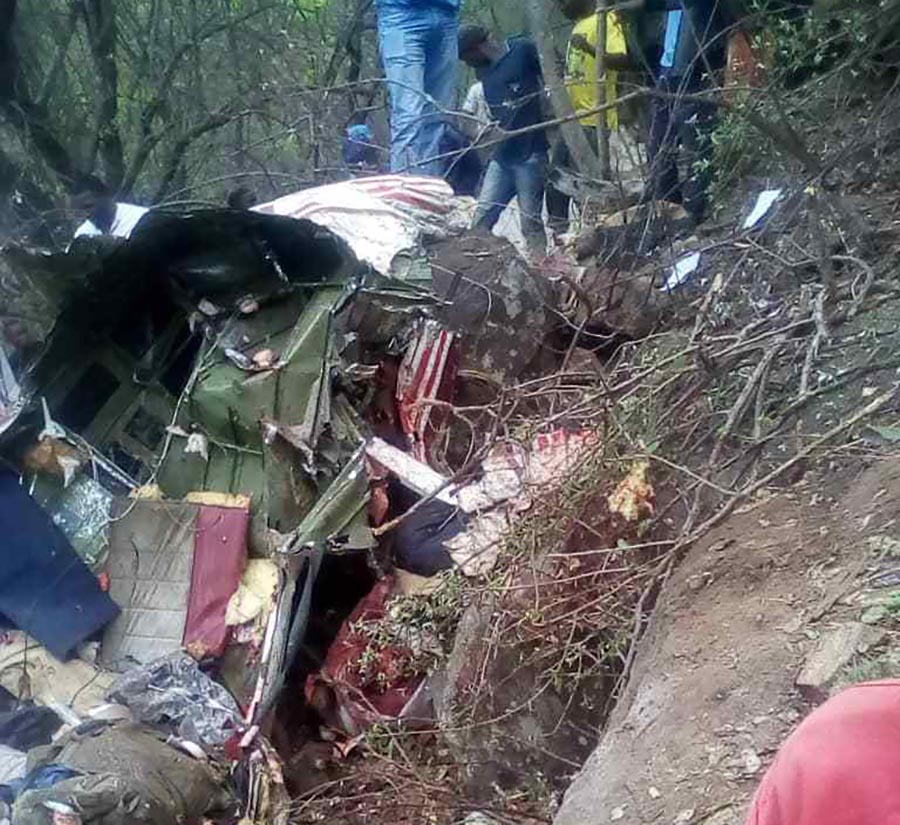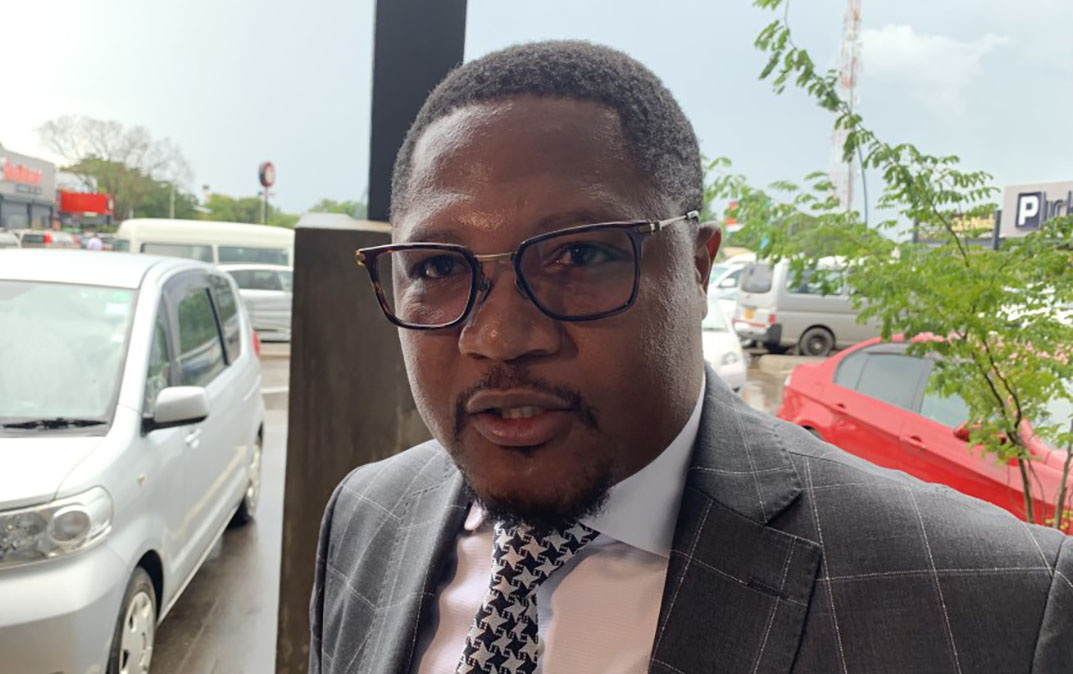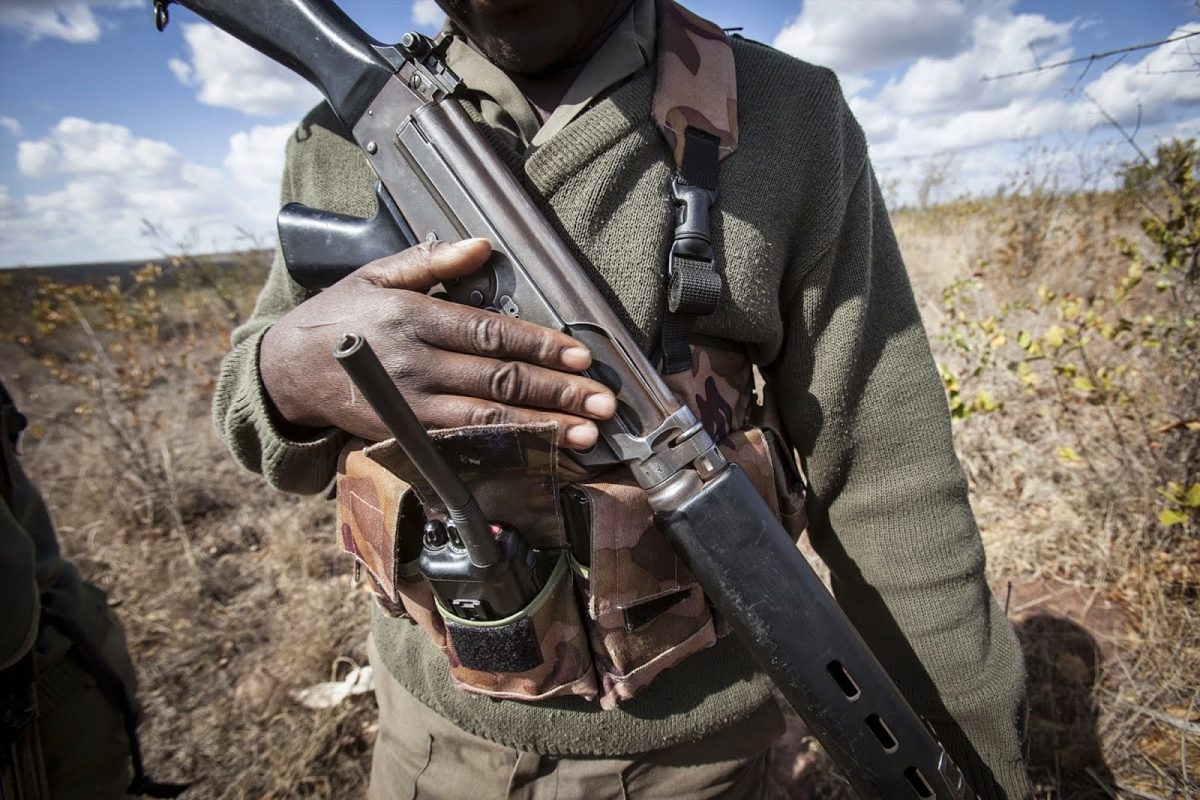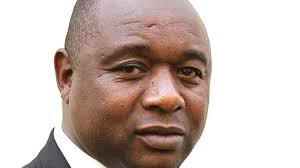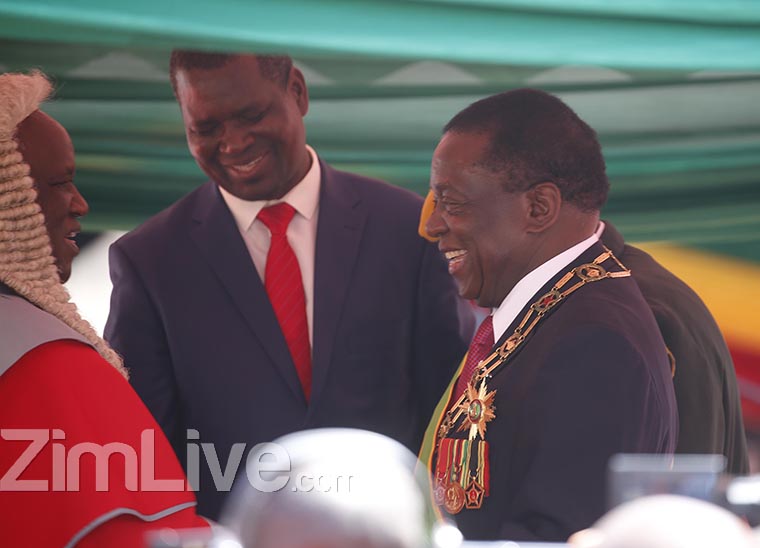BULAWAYO – The City of Bulawayo said Tuesday it had halted running water supplies to residents save for the central business district and industries after crippling power cuts affected pumping.
Bulawayo’s 640,000 residents were already enduring dry taps for three days every week in scheduled water rationing before the latest crisis.
In a statement to residents, town clerk Christopher Dube said water supplies had been curtailed “to all areas in the city except industry and the central business district.”
“This is a result of electricity load shedding at Ncema, Inyankuni and Fenhill. This has resulted in lack of treatment and pumping of water into the city,” Dube said.
He said pumping would resume “when the Zimbabwe Electricity Transmission and Distribution Company (ZETDC) restores power to the affected treatment plants and pump stations.”
Dube maintained that stopping water supply for the entire city was the only way to “protect the supply and distributing reservoirs from collapsing.”
On Tuesday, Bulawayo neighbourhoods were without power for an average 15 hours as ZETDC struggles to meet the country’s peak power demand of around 2,200 megawatts, in part owing to reduced generation at Kariba due to low water levels.
Data from the Zimbabwe Power Company showed that the country was generating just 494 MW of electricity on Tuesday. The coal-powered Hwange was contributing 300 MW, Kariba 180 MW and Bulawayo 14 MW.
Following a cabinet meeting, the energy ministry said it would ramp up imports from South Africa, Zambia and Mozambique. The government also hopes to get more power from the 300 MW Hwange Thermal Power Station Unit 7 whose construction is 97 percent complete.

